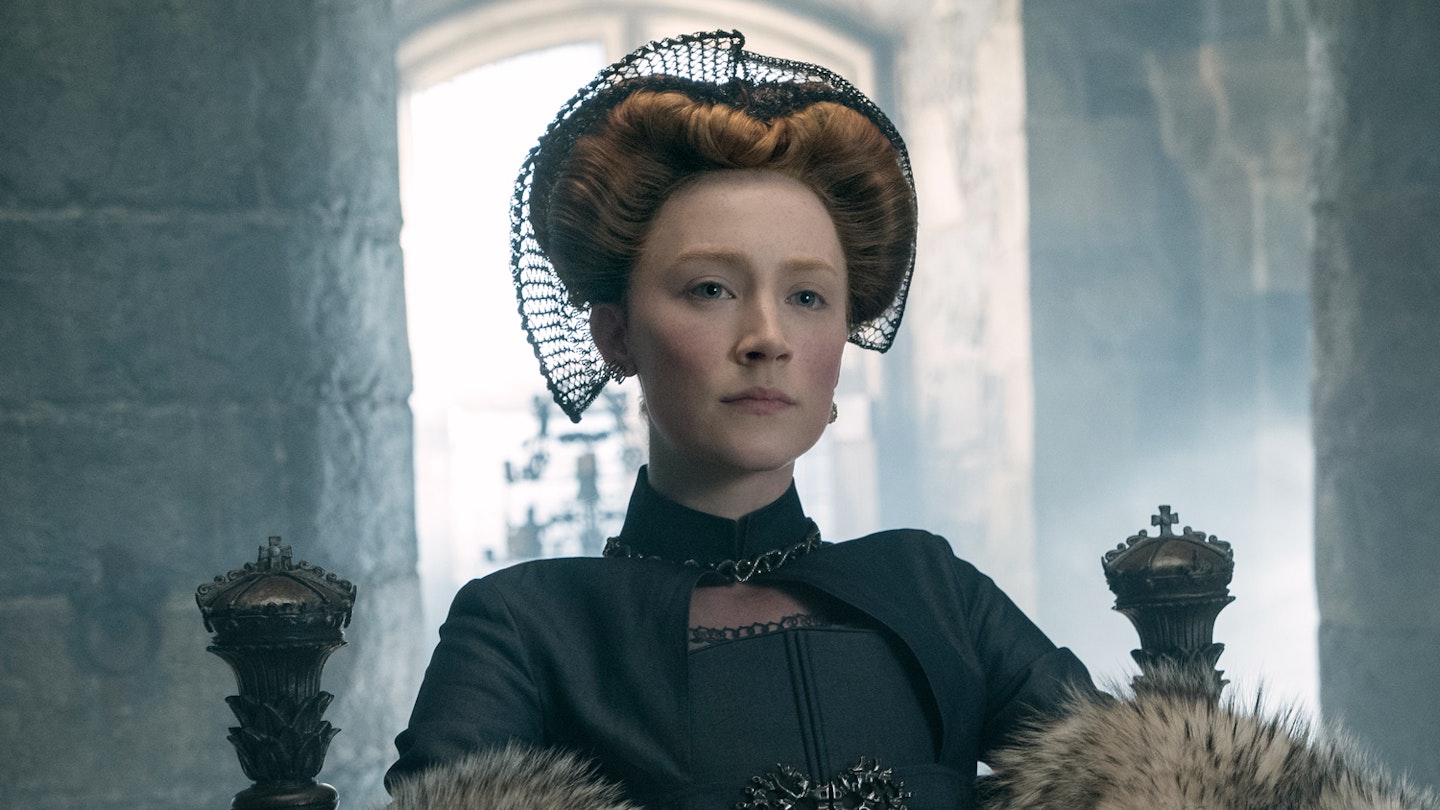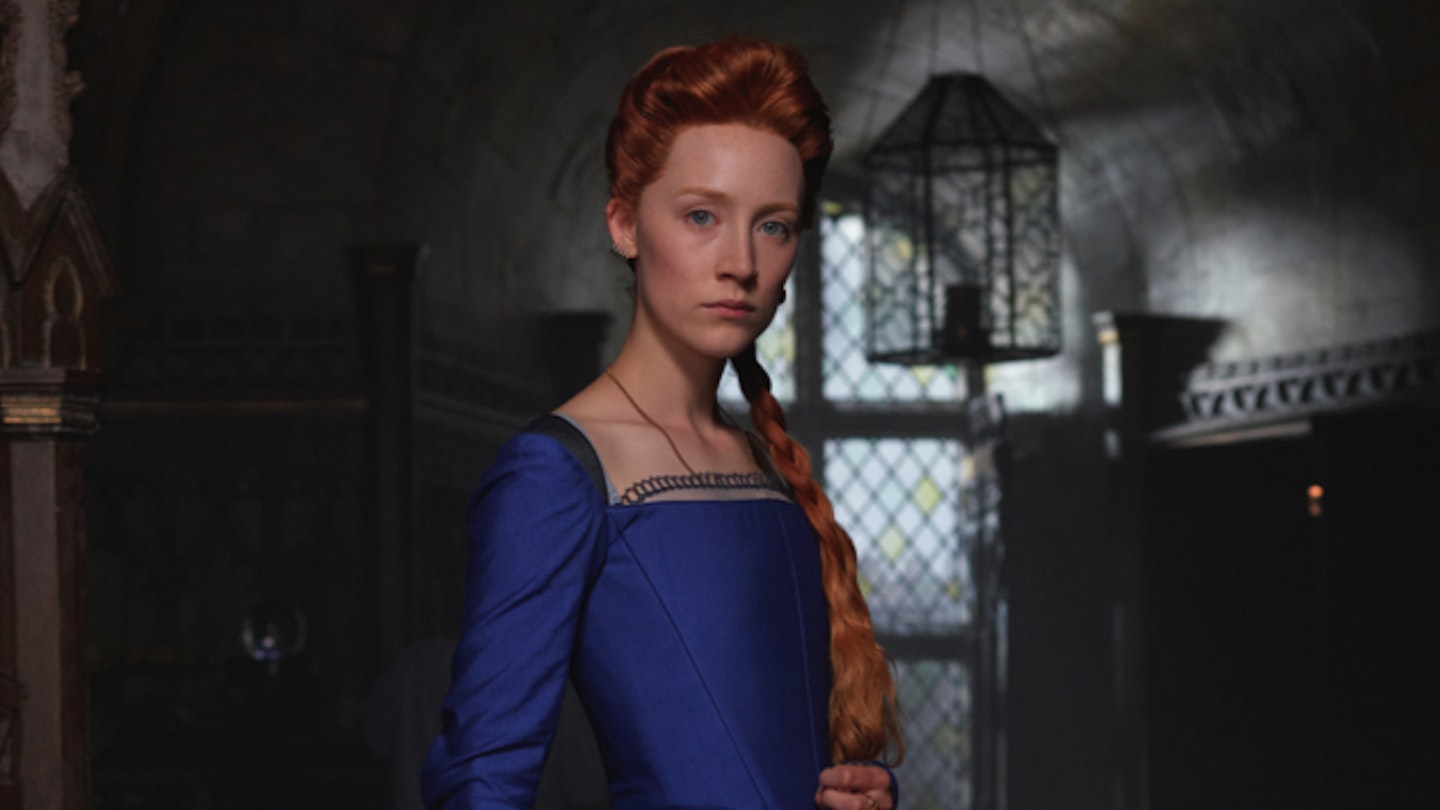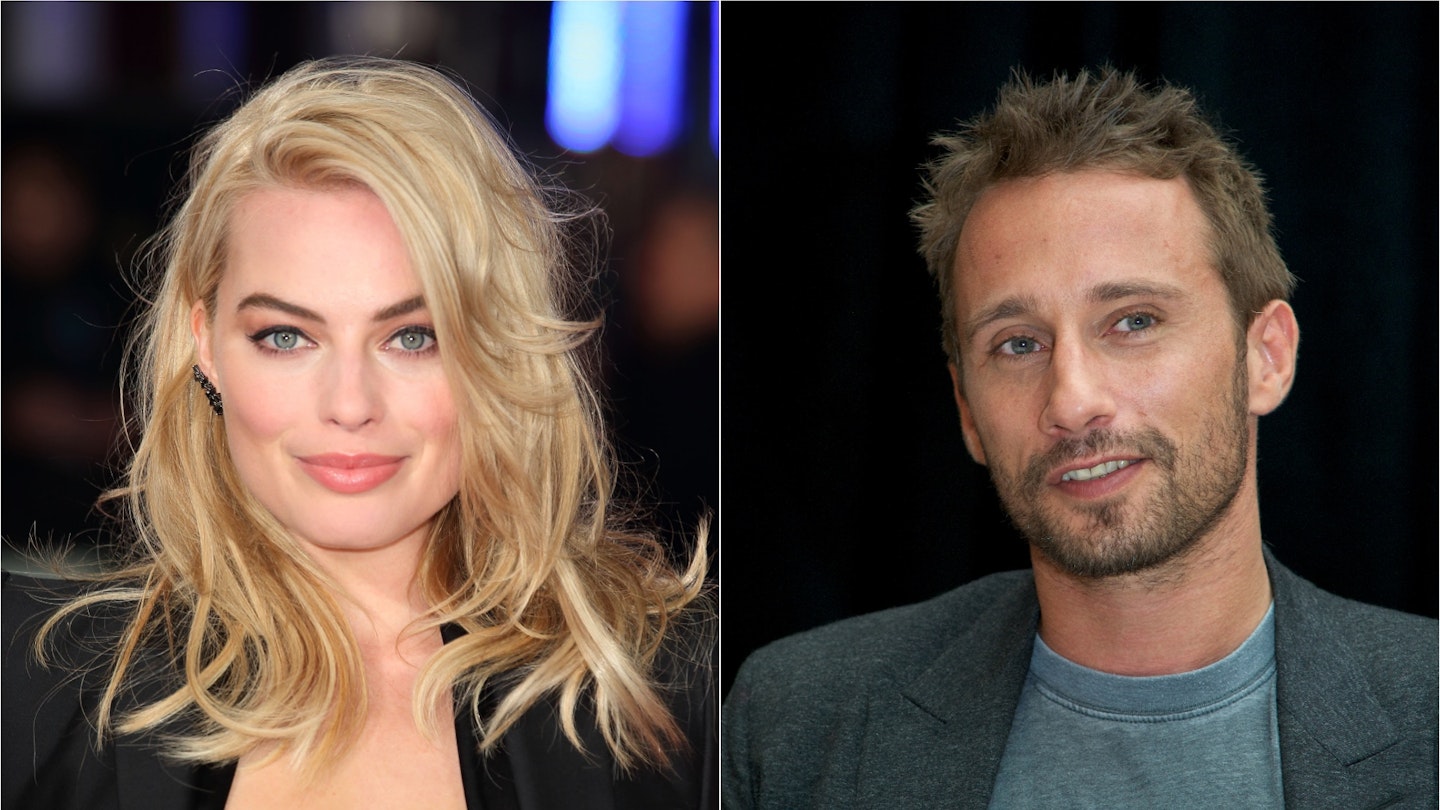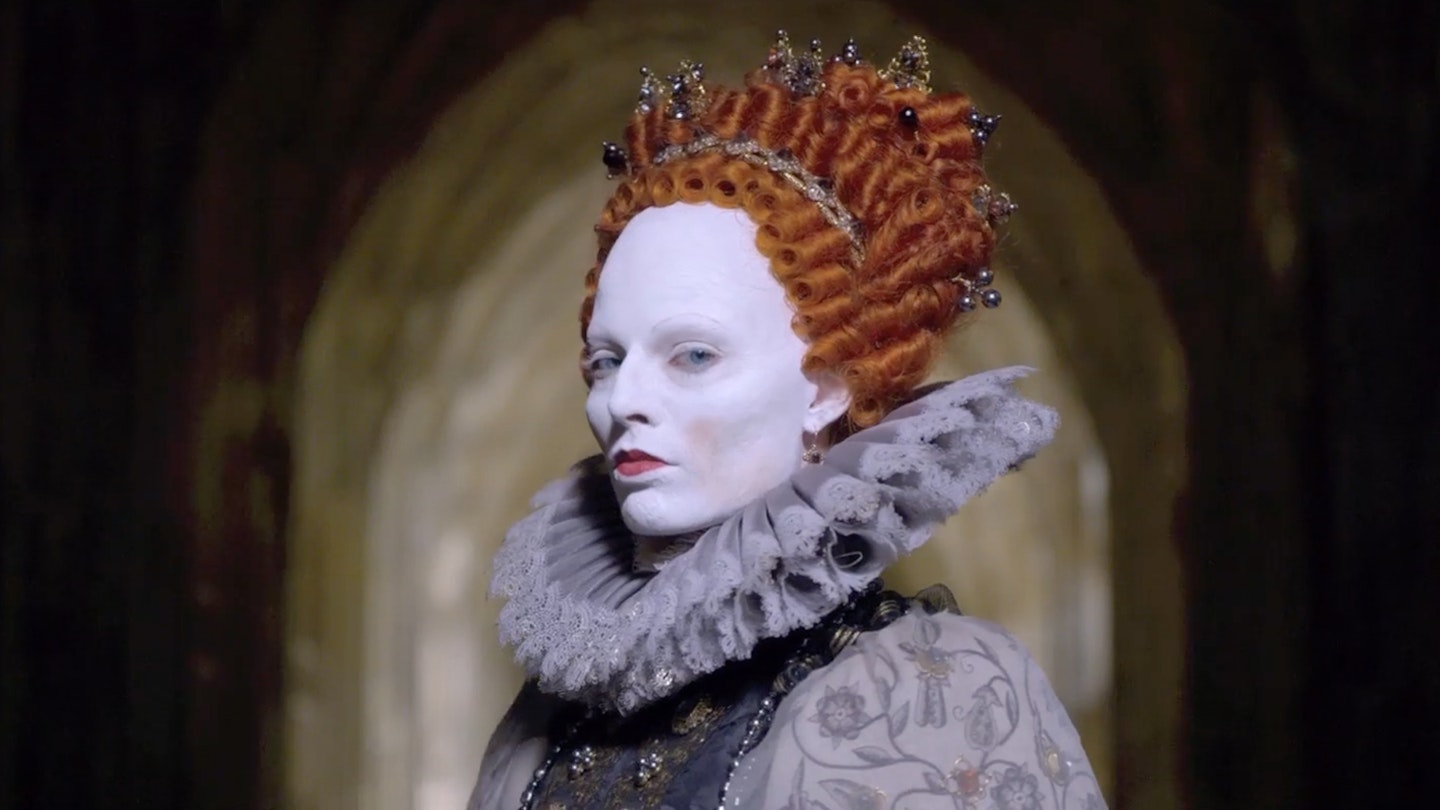The story of Mary Queen Of Scots has everything a filmmaker could want. Three tumultuous marriages, rumoured affairs and a tragic death on the orders of her cousin, Elizabeth I of England, almost make for too much drama. Director Josie Rourke finds a way through by focusing on a relatable story about women struggling to survive a man’s world, though she sometimes sacrifices historical believability to do it.
We meet Mary (Ronan) and her ladies-in-waiting as they return from France to assume her throne. Mary is keenly aware of her status: Queen Of Scotland since she was a few months old and heir to England, unless her cousin Elizabeth (Robbie) finally marries and produces an heir. But Mary is Catholic on a Protestant island, and that makes her a threat. Her own lords, even her largely sympathetic half-brother James Murray (McArdle), see her as a possible fifth columnist who might sneak the Pope back into the country. The more puritanical Scots, led by David Tennant’s John Knox, see the fact of a female ruler as an additional outrage. And Elizabeth is by no means reconciled to having a younger, beautiful queen eyeing her throne.
The conviction of Ronan and Robbie, and a strong supporting cast, nevertheless make this a compelling clash of personalities.
While she’s conscious of the danger, Ronan’s Mary chooses her allies poorly. Her second husband, Jack Lowden’s superficially charming but wildly unreliable Lord Darnley, proves a severe disappointment. Her third, Bothwell (Martin Compston), is apparently loyal, right until the point he reveals himself as an abusive rapist. Ronan, naturally, gives Mary some depth. She’s sufficiently egotistical to demand respect and brook no compromise with her subjects, often to a self-destructive degree. She’s also so naive that she continues partying like she did in France, despite her courtiers’ horror. The tragedies of the film are almost entirely her own doing, but knowing her as we do here, it’s hard to see how she could have acted otherwise. Equally Robbie’s touchy, calculating Elizabeth seems locked on a crash course with her sister monarch, both drawn to the one person who can understand her situation and resentful of a sudden rival.
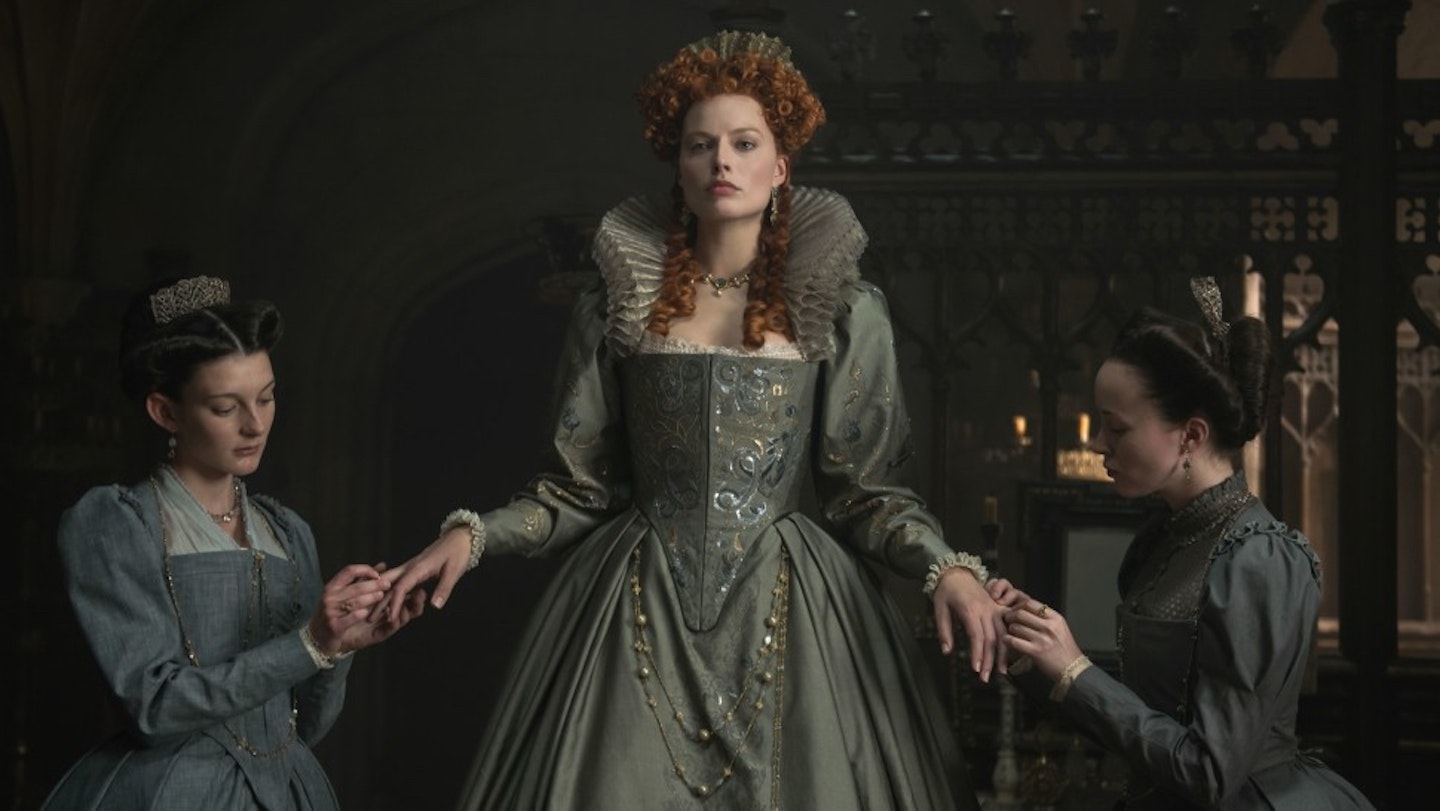
It is, of course, a quick breeze through the real history. Beau Willimon’s script occasionally reduces complex relationships to broadly drawn incidents that feel unrealistic in comparison to the cast’s more internal performances. Some of the design choices feel deeply anachronistic too (was Mary’s palace really half-hewn from the living rock?), though the costumes are, thankfully, more faithful than the last time we saw Mary on screen in the bonkers Reign. The biggest issue is that one showcase meeting that should be a highlight becomes the film’s weakest moment — it’s oddly written and strangely stilted. But the conviction of Ronan and Robbie, and a strong supporting cast, nevertheless make this a compelling clash of personalities. Uneasy lies the head that wears a crown, and it’s sad when even an enemy queen is closer to understanding your problems than the people you love.
